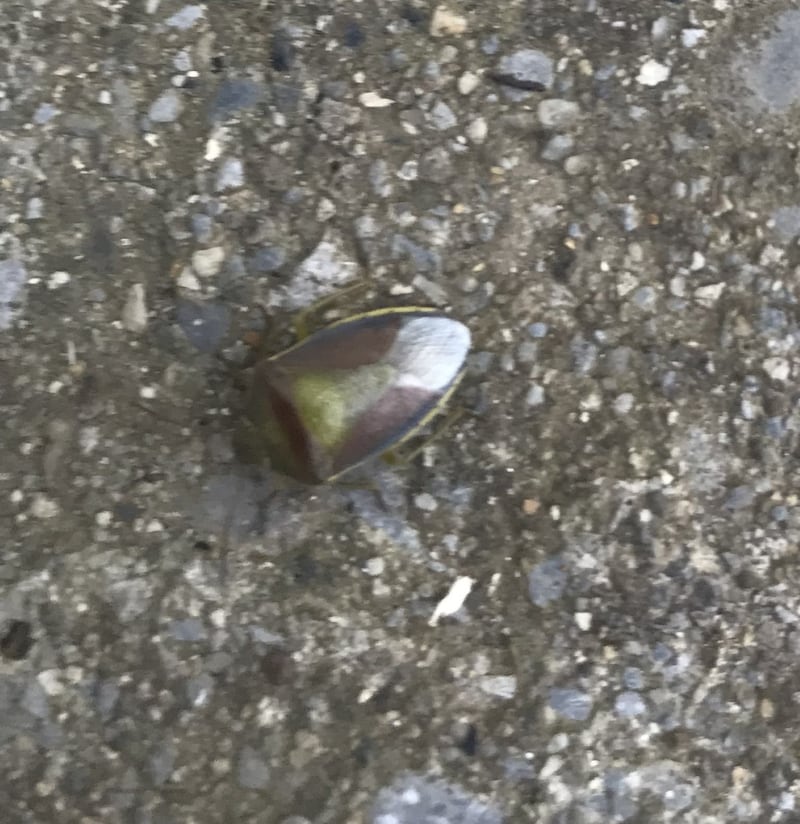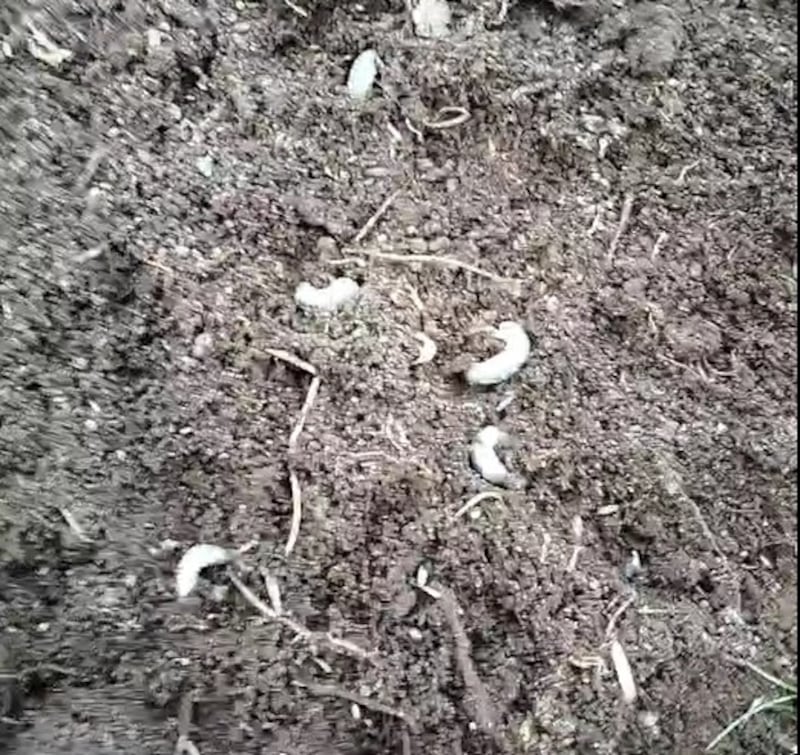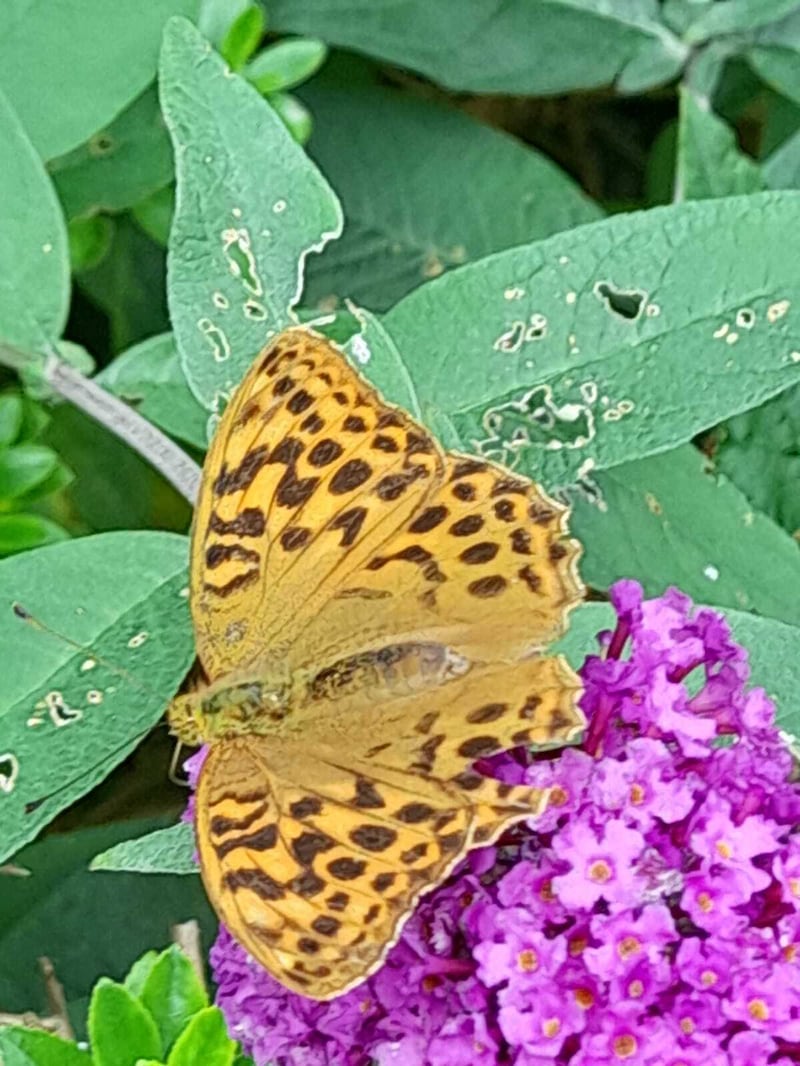I saw this fella sitting on a log near the 11th hole in Hermitage Golf Club, by the bank of the Liffey. It was the size of a dinner plate. Is it a lost pet? Harry Walsh (12), Co Dublin
It is one of the pond sliders – probably the yellow-bellied slider. These land and water turtles are native to Florida. People buy them as pets and sometimes abandon them when they grow much larger than expected. They find it hard to catch food for themselves and often carry salmonella. People should give them back to the pet shop if they no longer want them.

I found this guy in my garden. I was wondering if he’s a good guy or a bad guy. Siobhán Coughlan
I suppose it depends on your point of view. It is a hawthorn shield bug, a herbivore that feeds primarily on hawthorn leaves. It is also called a stinkbug as it emits a foul odour when disturbed. They taste horrible, so a bird that attempted to eat one would no doubt consider it a bad guy.
I’d been insured for just one week when I crashed into a shiny black BMW
Easter activities: 10 family-friendly days out and events to enjoy over the holidays
Hyrox, the soaring fitness trend: ‘You meet so many different people, all shapes, all sizes’
The Last of Us review: Prepare to be shocked by this compelling new season

What causes these dug-up patches in my field? They get bigger each night and there seems to be small white grubs in the exposed soil. William Whelan, Co Wicklow
These patches are created by badgers visiting your field by night to dig for and feast on the small white grubs. These are the grubs of the cockchafer, which live in the soil for up to three years and feed on the roots of grass and other cereals.

We found this winter stick Insect during our workshop on how to create a wildlife pond. It came from our other, already established, wildlife ponds. Brian and Gilly, Wildacres Nature Reserve, Co Wicklow.
The first Irish record for this species came from Co Wexford in 2015 and it has only once been recorded since in Cork. It may well be expanding its range.

This year we found lots of these beautiful butterflies in the forest at Feede, Ravensdale, Dundalk. Áine Bradshaw
This is our largest butterfly – the silver-washed fritillary, a woodland species that flies in July and August.
Have you a nature query, observation, or photo you would like to share with The Irish Times? Please submit it, with a location, via our website www.irishtimes.com/eyeonnature














